Interface Usability Case Study: Design Principles for Farm Shop App
VerifiedAdded on 2023/06/11
|5
|1081
|244
Case Study
AI Summary
This case study examines the interface usability of an internet-based application designed for a local farm shop, focusing on the interaction between the owner and customers. The application enables the owner to sell produce with home delivery and allows customers to purchase products without visiting the shop. It also includes restaurant booking and the option to book a whole restaurant for functions. The design principles emphasize clear communication, seamless transitions, and user-friendly navigation. The main usability goal is fulfilling user requirements, such as buying fresh products with same-day delivery and booking restaurant tables. The user experience aims to provide seamless access to all application benefits, including product purchases and restaurant bookings, with smooth guidance and direct contact with the owner for complaints. While a negative aspect is the reliance on a high-bandwidth internet connection, the design's positive aspects include ease of use and a synchronized sales process for the farm shop. The interface is deemed appropriate for minimizing costs associated with a physical storefront, allowing the shop to operate primarily as an inventory and dispatch center.
1 out of 5
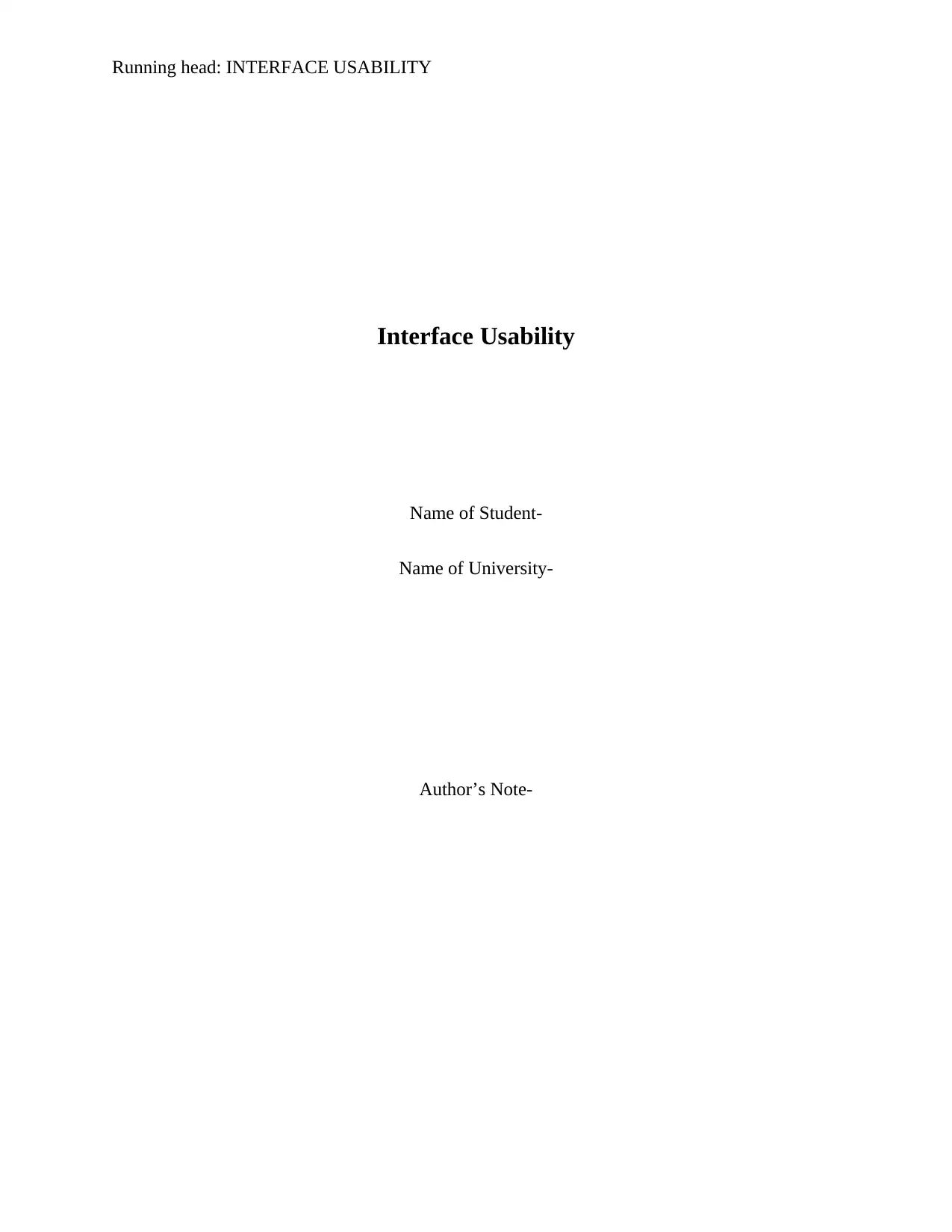
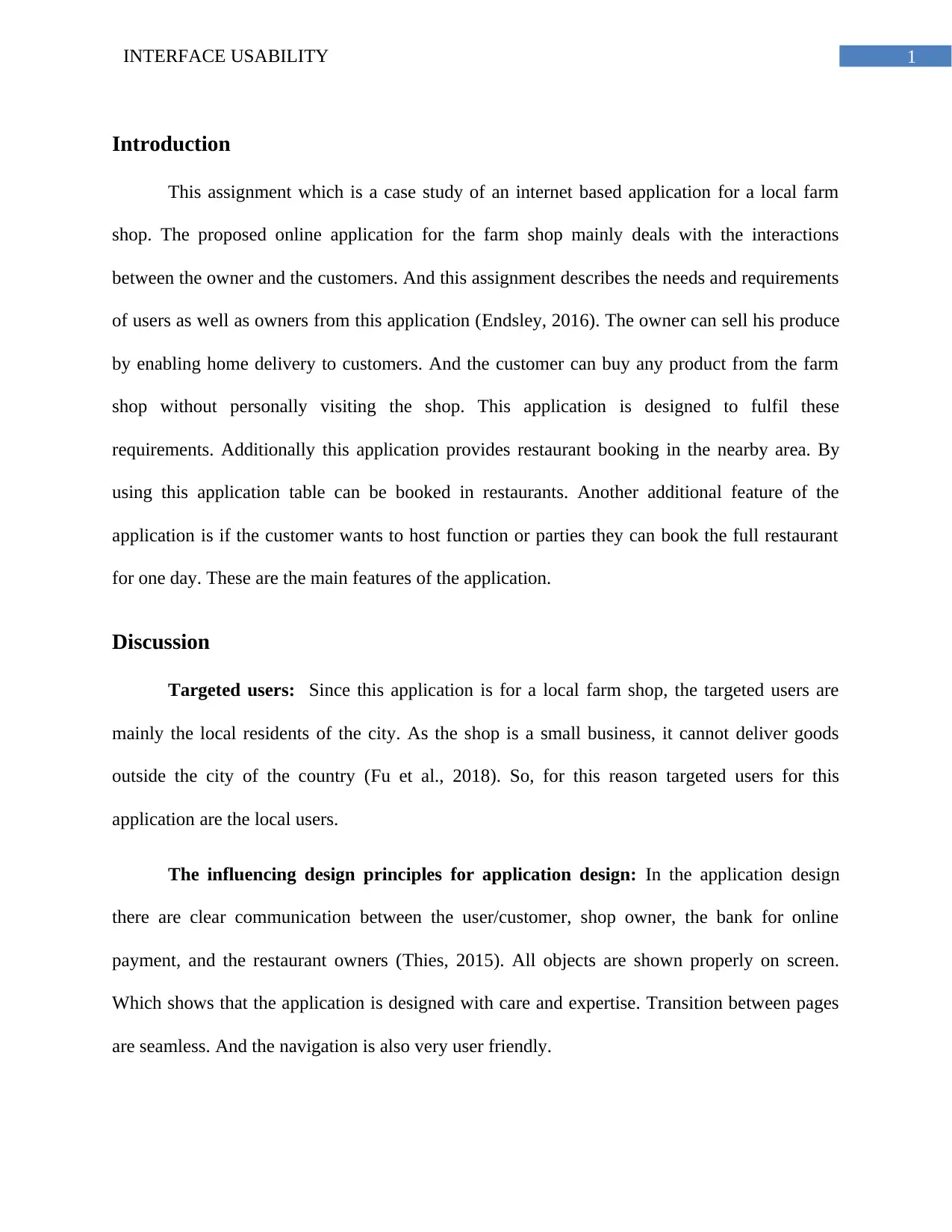
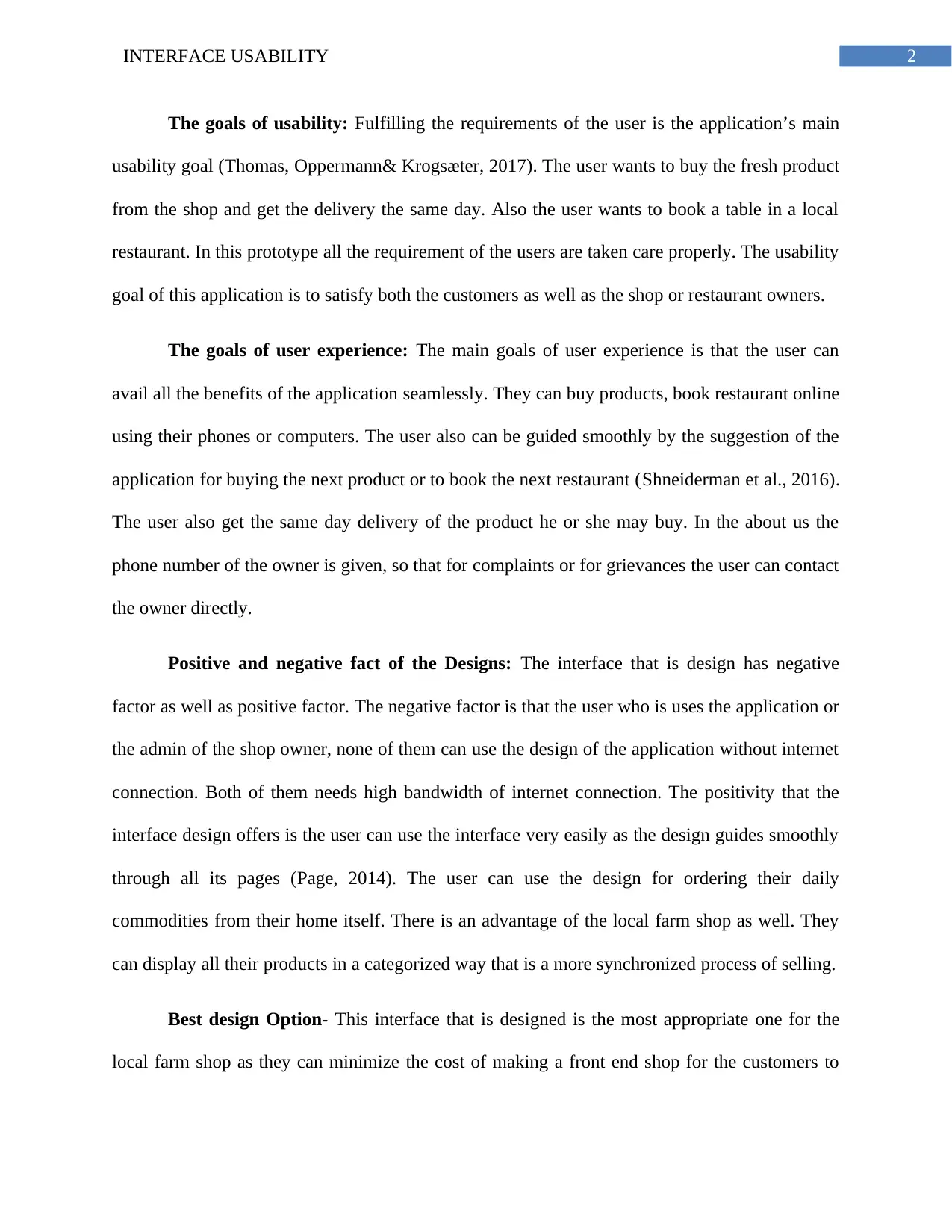

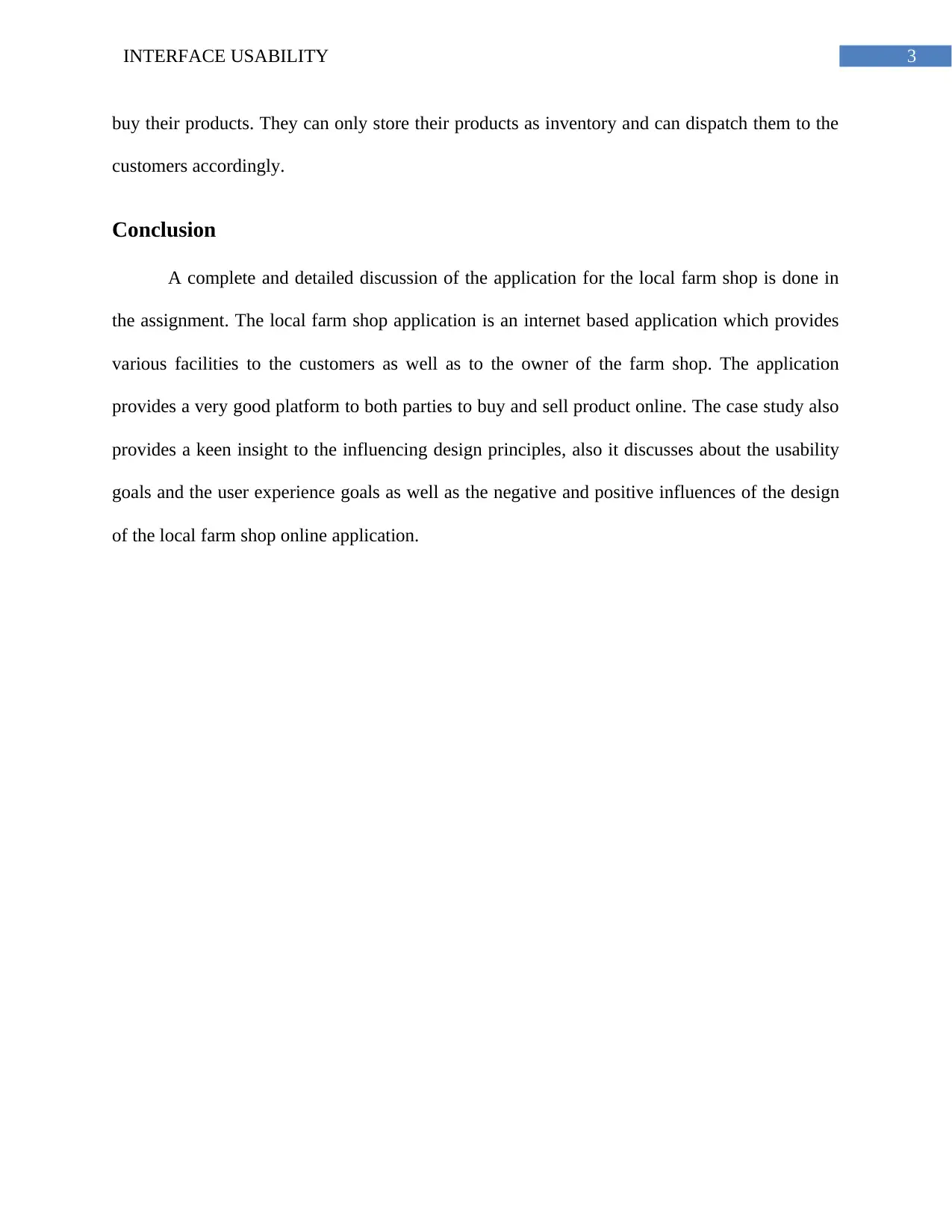
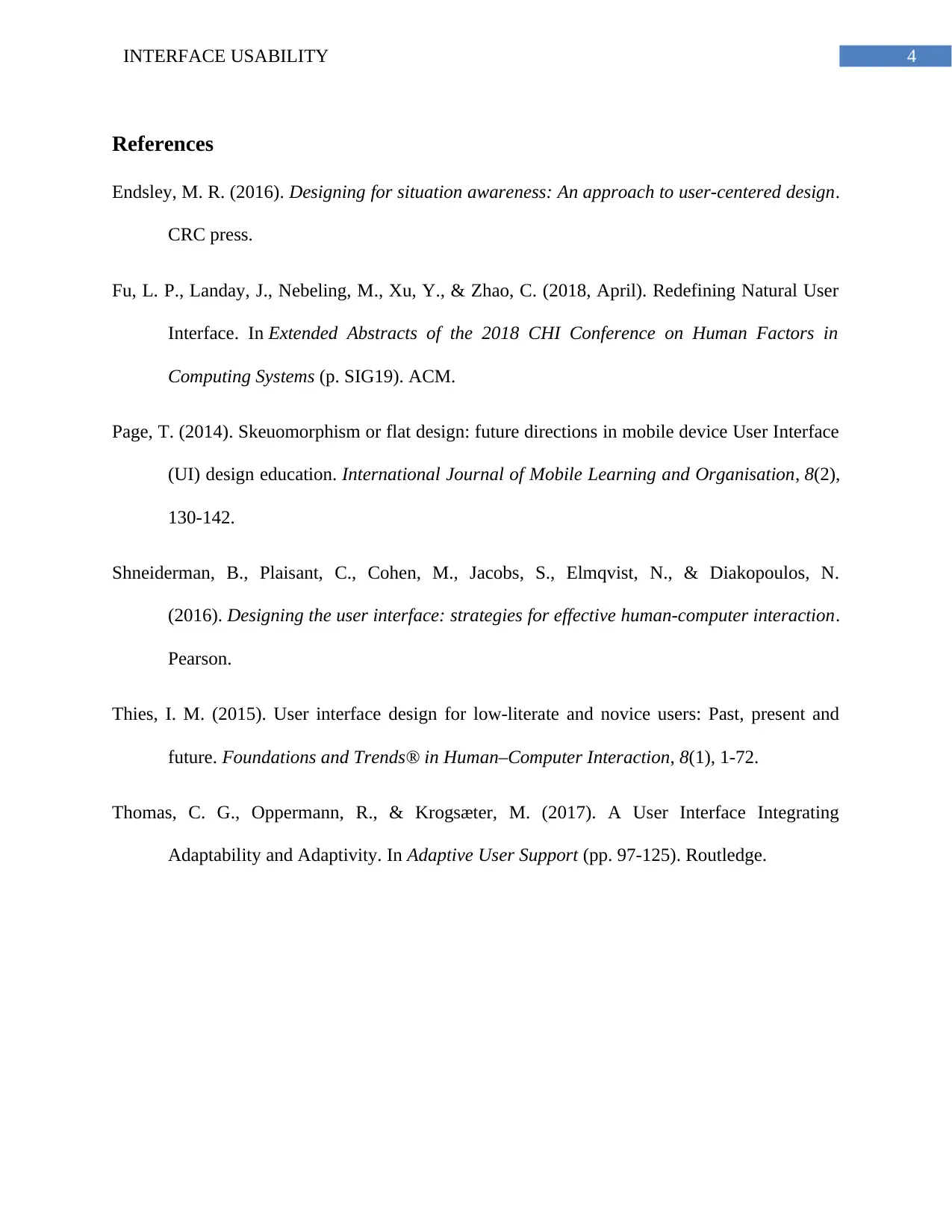




![[object Object]](/_next/static/media/star-bottom.7253800d.svg)